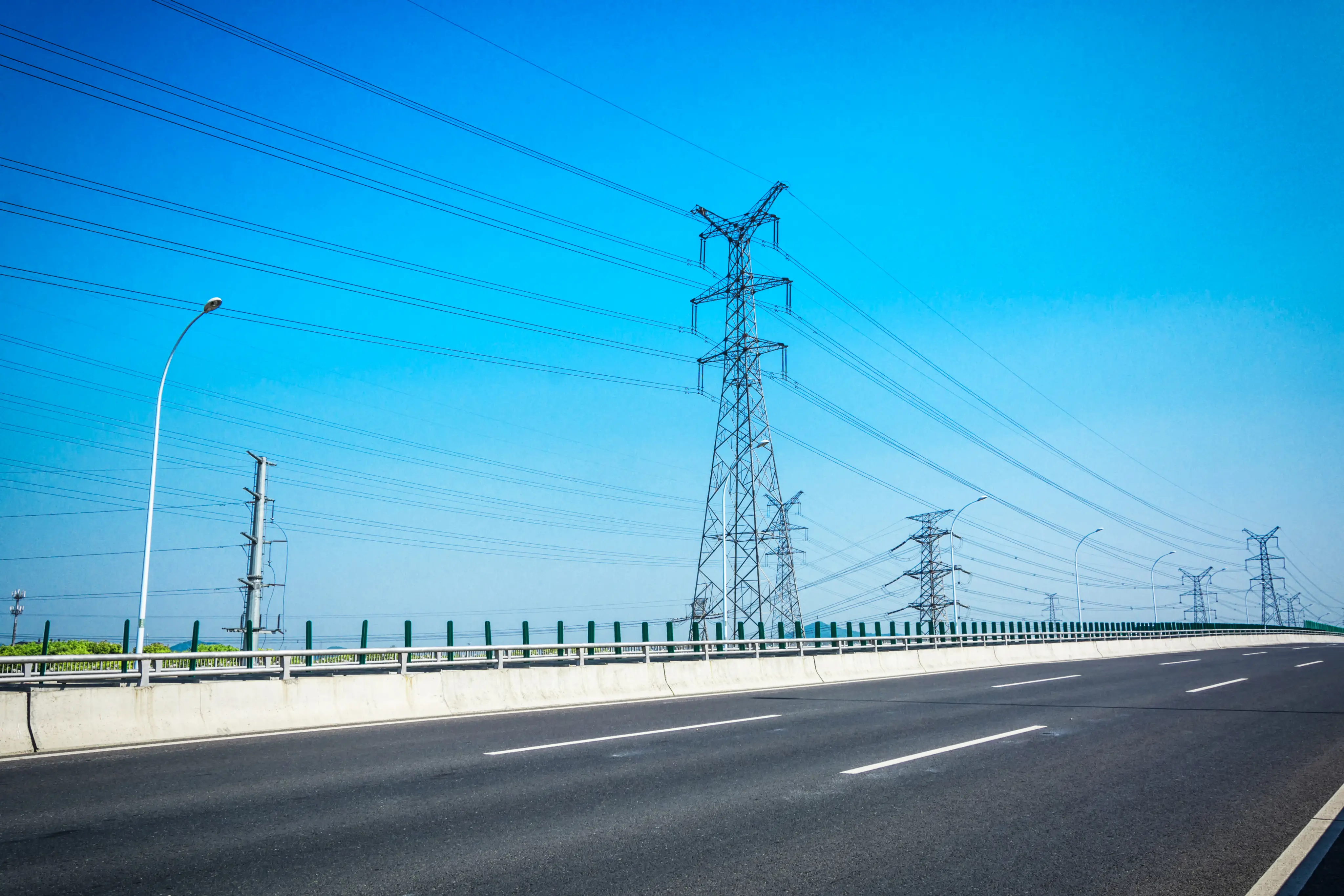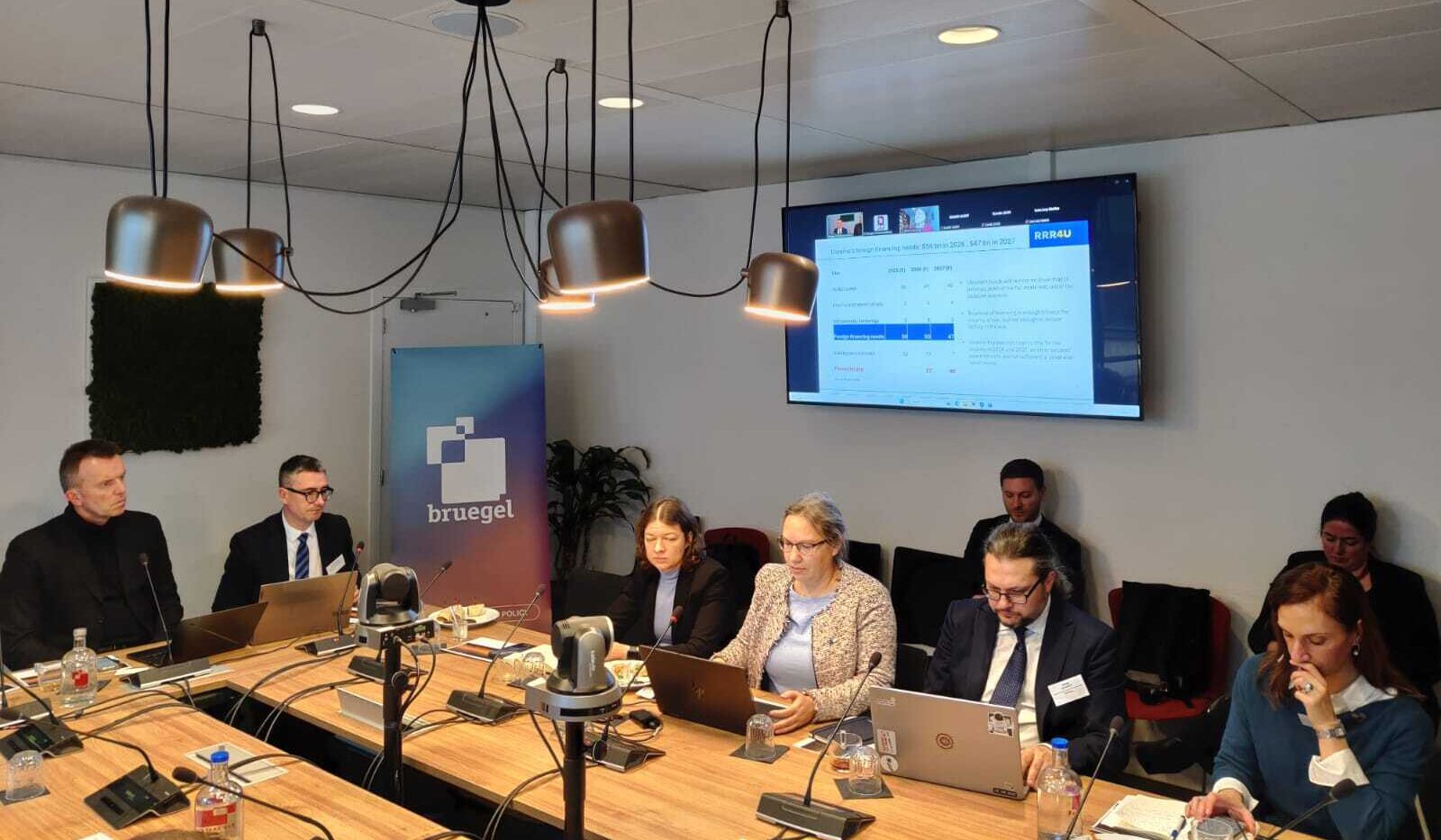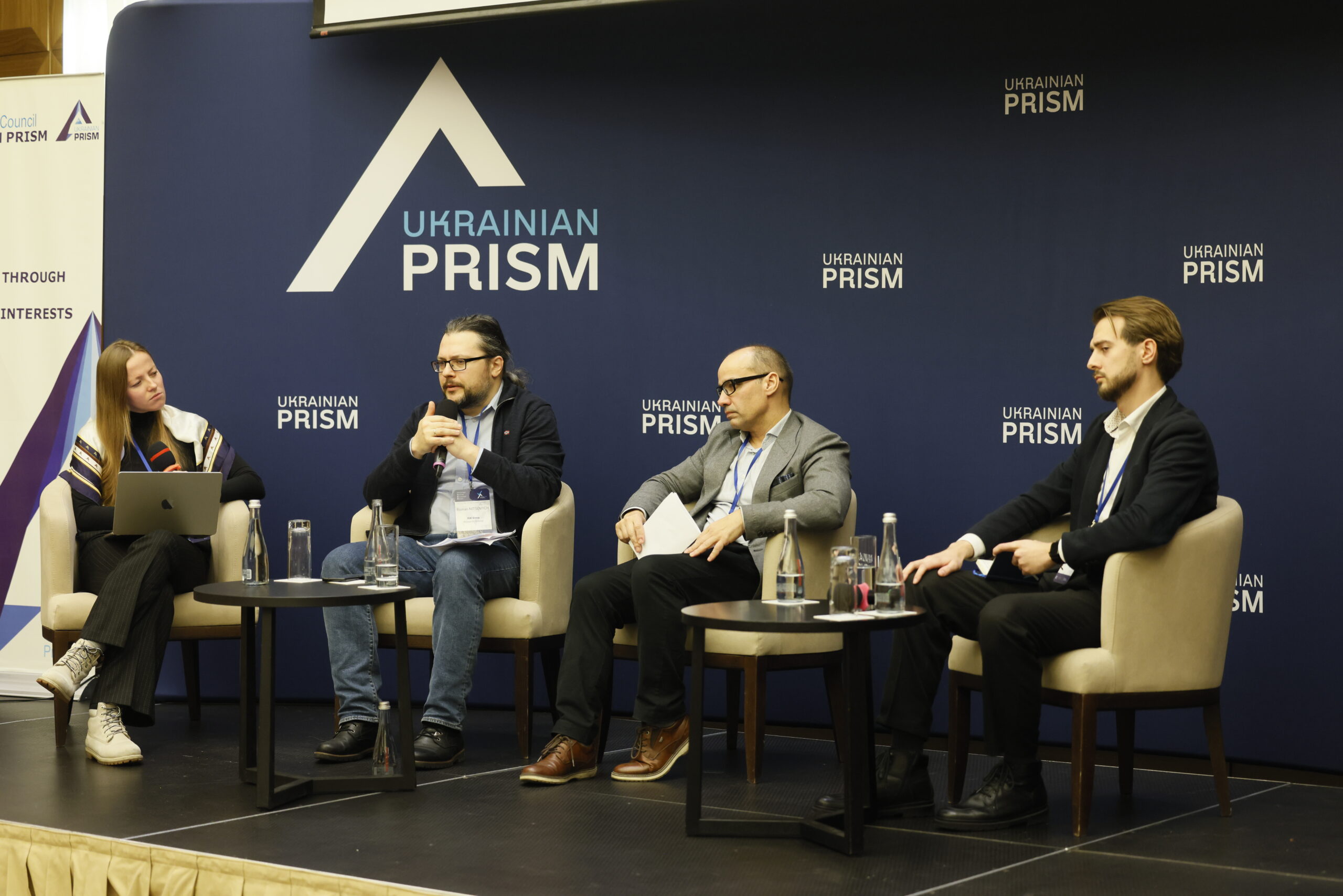On 28 August, the #RRR4U Consortium presented its August monitoring report on the implementation of the IMF programme and EU assistance under the Ukraine Facility. The event was moderated by Roman Nitsovych, Research Director at DiXi Group.
First and foremost, reforms are necessary for Ukraine itself for economic, social, and other dimensions of stability, and not just as a commitment to international partners. They are critically important at this historic moment of war for our independence,’ Roman Nitsovych emphasised
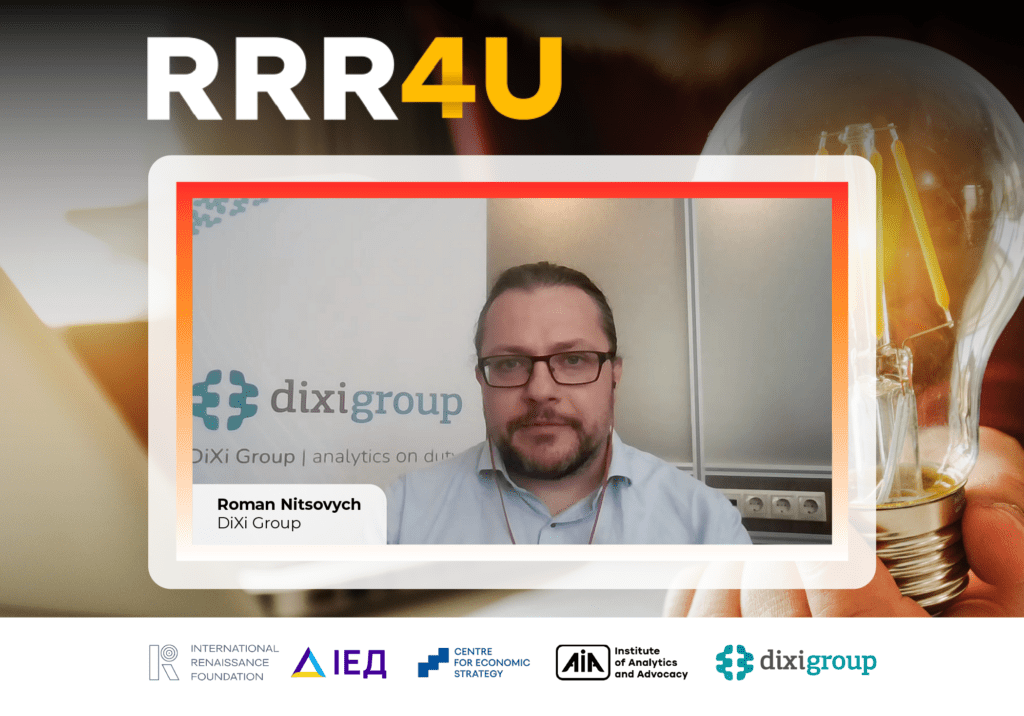
Based on the results of preliminary monitoring in July, experts concluded that there was a slowdown and crisis in the implementation of programmes. This was due, in particular, to the adoption of a law that effectively eliminated the independence of the anti-corruption bodies NABU and SAPO. As a result, there was a crisis in relations between Ukraine and its international partners, experts say. However, by repealing this law, we were able to reverse the trend, said Maksym Samoiliuk, an economist at the Centre for Economic Strategy.
“The government has become more responsible in its approach to our commitments and has finally appointed a head of the Economic Security Bureau. This was one of the commitments that the country had already missed. Accordingly, all this became an important signal to our partners: both in terms of international financing, which is extremely important during a full-scale war, and in the broader European integration trend, that we are still moving towards the EU,” Samoilyuk added.
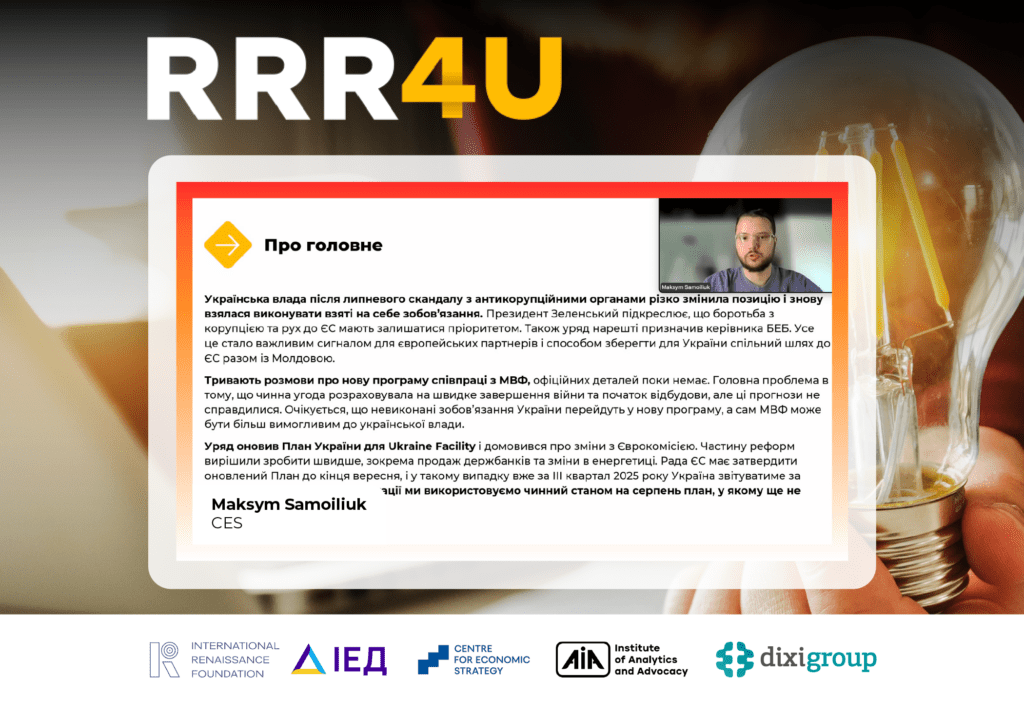
Implementation of the IMF programme
Ukraine may potentially sign a new agreement with the International Monetary Fund. The current cooperation programme, under which support is provided, was designed to end the war, but the fighting continues and the programme has lost its relevance. Ukraine’s unfulfilled requirements are likely to be carried over to the new programme, experts say. However, this may happen after the current programme is reviewed in November-December 2025.
“The IMF will assess the fulfilment of quantitative performance criteria and nine structural benchmarks, five of which have already been implemented. Currently, the main problem is the repeal of the ‘Lozovoy amendments,’ which has been postponed twice. It is 99% likely that we will not be able to implement an independent compliance and integrity check of NSSMC members, as the deadline is in August. At the same time, there are several benchmarks that are in the process of being implemented, and we may potentially manage to complete them — in particular, the operational plan for the implementation of the updated IT strategy, which the Ministry of Finance, the tax and customs services may still manage to prepare by the end of September 2025,” said Viacheslav Kurylo, representing the Institute for Analytics and Advocacy.
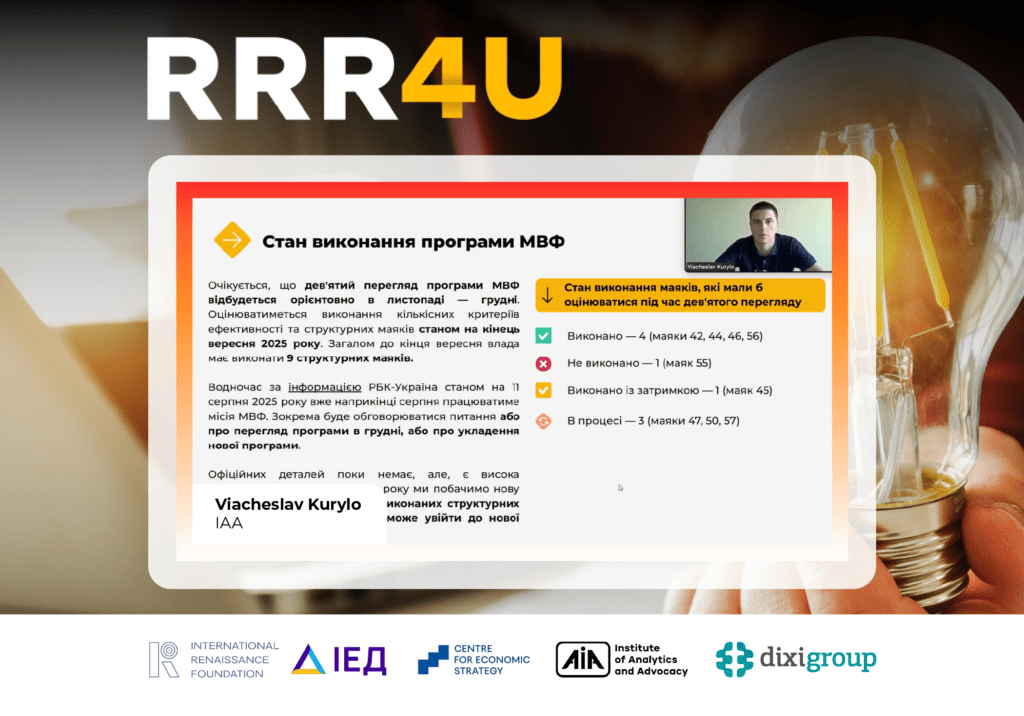


The analyst also added that the new programme with the IMF is likely to be more demanding and less flexible for Ukraine. The reason for this is the adoption of the law on changing the status of NABU and SAPO, even though it was quickly repealed.
Implementation of Ukraine’s Plan under the Ukraine Facility programme
Regarding the implementation of Ukraine’s Plan under the Ukraine Facility programme, Ukraine received a tranche for the indicators fulfilled in the first quarter in the amount of only €3.05 billion instead of €4.48 billion. This happened because Ukraine failed to fulfil three indicators, which are the basis for receiving funds. At the same time, two indicators have not been met: the law on territorial organisations of power has not been adopted and the staffing of the High Anti-Corruption Court has not been increased. Ukraine will receive funds for the law on the Asset Recovery and Management Agency in the next tranche.
“We will also probably receive the next tranche later than we need to according to the budget plan. The government has not yet sent its report for the second quarter to the European Commission, as it is waiting for more indicators to be met,” said Oleksandra Betliy, a leading expert at the Institute for Economic Research and Policy Consulting.
The expert also highlighted the changes to Ukraine’s Plan that the Cabinet of Ministers of Ukraine introduced on 1 August. According to these changes, the implementation of three indicators has been brought forward to the third quarter of 2025: in particular, the law on the sale of state-owned banks and the National Waste Management Plan, which have already been adopted, and the law on the electricity integration package, which has been adopted in the first reading. Two other indicators have been divided into several with different deadlines, and 11 have been postponed.
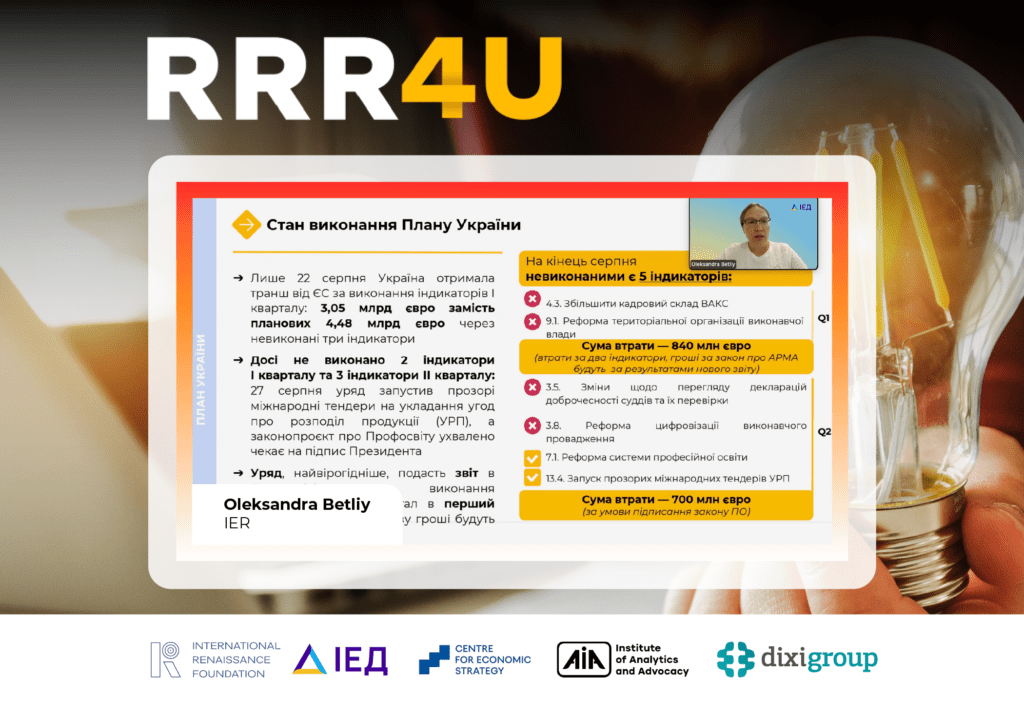


“Changes to the Plan are possible under the rules of the Ukraine Facility instrument. Discussions about postponing or changing the indicators began in May. Next, it must be approved by the European Commission and the Council of the EU, which is expected to happen by the end of September, but we do not expect any surprises, as these changes have already been agreed with the European Commission,” Betliy noted.
Special monitoring topic: “(Not) the Right Time? Unfreezing Energy and Utility Prices and Tariffs”
Our analytical centre has prepared an analysis of the current situation regarding prices and tariffs in the energy and utilities sectors. Since mid-2022, i.e. after the start of the full-scale Russian invasion, there has been a moratorium on increases in gas prices and tariffs for heating and hot water. As for electricity, households, dormitories, IDPs, and religious organisations pay their bills at a fixed price. The special regime established by the government’s decision will remain in effect until October 2025, and in the case of gas, until April 2026.
In fact, this regulation creates a significant difference between regulated prices or tariffs for the population and the real market value, said DiXi Group analyst Alona Korogod, elaborating:
- natural gas for the population costs 7.96 UAH/m³, which is only 26-30% of retail market prices;
- electricity at a price of 4.32 UAH/kWh covers only 40-50% of actual costs, depending on the region of supply;
- heat supply tariffs for the population average more than 1,700 UAH/Gcal and cover only about two-thirds of economically justified costs.
- water supply and sanitation tariffs cover only 70-80% of costs.
“These data clearly demonstrate that today’s policy is based not on the principle of cost reflectivity, but on maintaining socially acceptable prices. And this gap puts pressure on state and local budgets every month, as well as on state-owned companies, which are forced to compensate for this difference,” emphasised Alona Korogod.
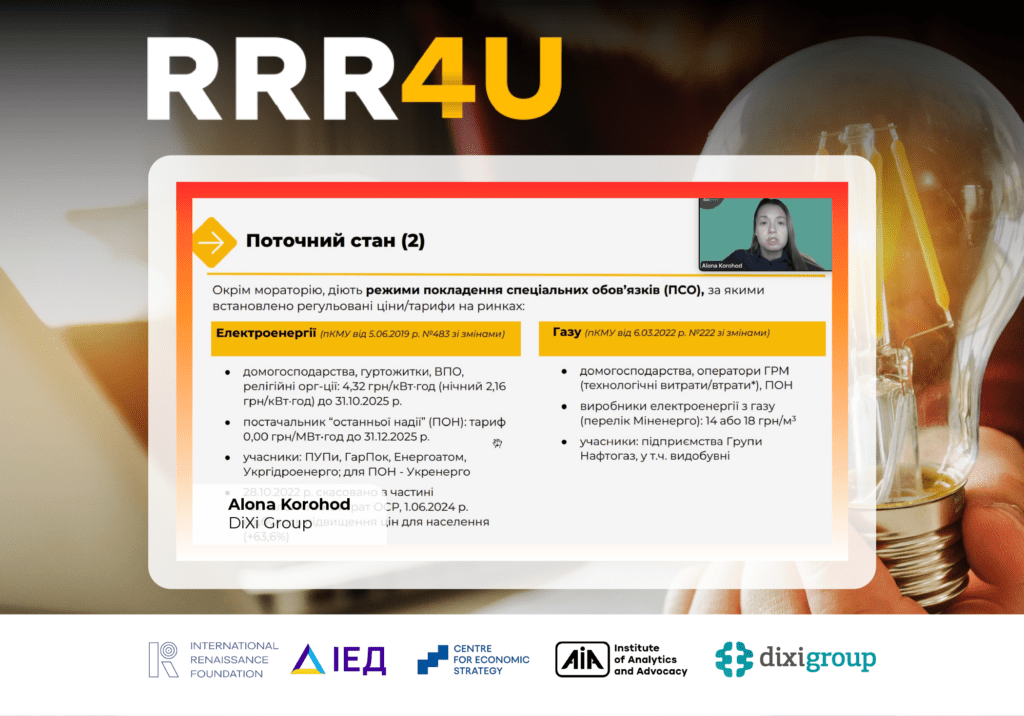


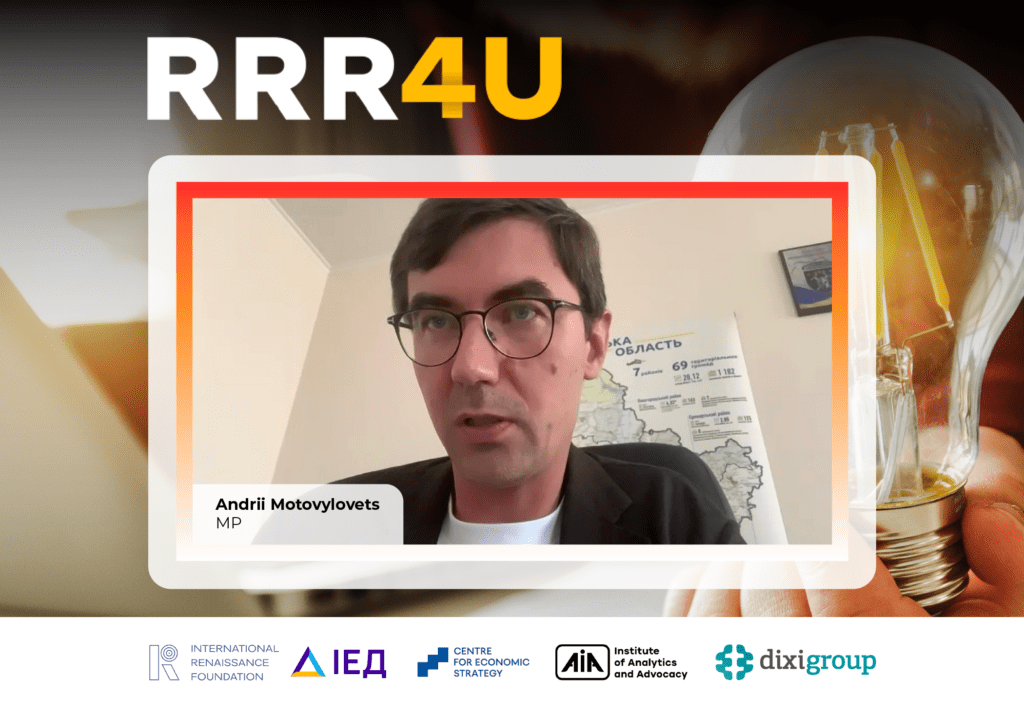


Participants in the discussion, including analysts, MPs, representatives of the Cabinet of Ministers and heads of municipal enterprises, agreed that it would be impossible to maintain this model in the future. Currently, tariff increases are on hold, partly due to the poverty of the population, especially in the frontline regions. However, as Andriy Motovylovets, a member of parliament from the Servant of the People political party, said, the situation must change.
Tariff increases and gradual market liberalisation are also Ukraine’s obligations to its international partners. Under the agreements, our government has committed to lifting the moratorium in 2025 and developing a roadmap for such liberalisation by mid-2026, which will include reforming the PSO (special obligations) regime, the gradual alignment of tariffs with cost prices, debt settlement and the renewal of the targeted subsidy system.
However, some participants in the discussion expressed the opinion that raising tariffs will not solve the overall problem. Pavlo Karas, director of Cherkasyteplokomunenergo, believes that Ukraine needs to eliminate the mechanism for compensating for differences in tariffs, which allows the state to cover inefficiencies. He argues that while some are modernising their heating systems, others are taking advantage of subsidies. In other words, modernised cities will pay for others through the state budget, and this should be avoided.
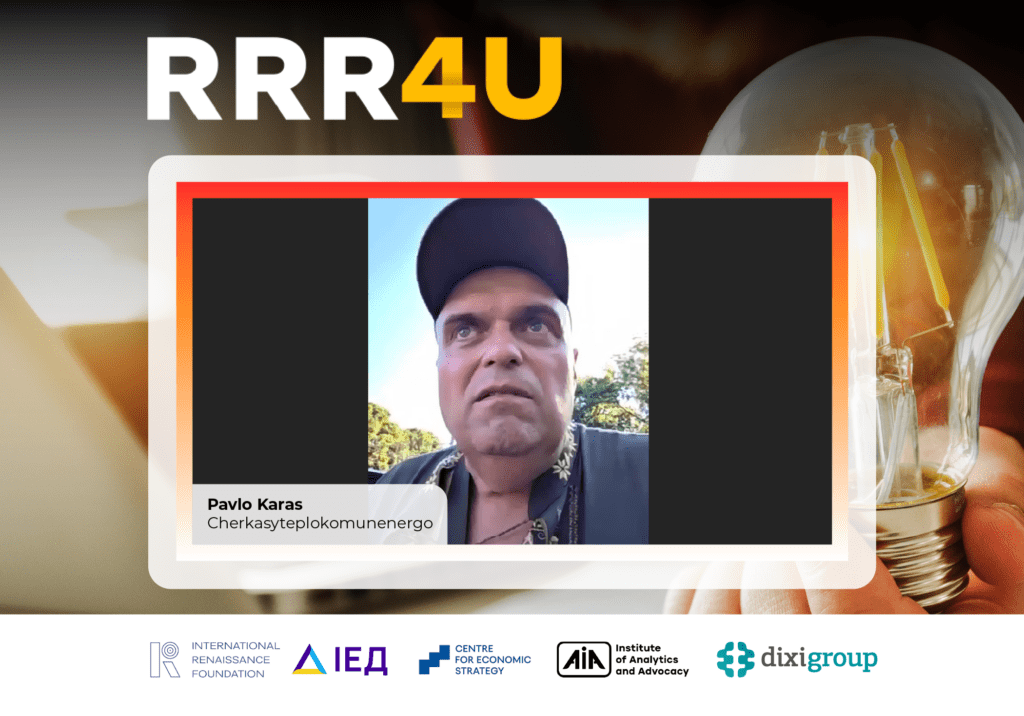


Summing up the discussion, Roman Nitsovich highlighted five key points that were identified:
- The state is in survival mode with a corresponding lack of resources in the budget.
- At the same time, parliament is not ready to make unpopular decisions, although it is aware of the problem and is willing to participate in the discussion.
- The government is ready to gradually resolve the accumulated problems regarding prices, tariffs and debts in the energy and utilities sectors;
- Responsibility for the solution lies with all participants, from the authorities – both local and in Kyiv – to market players. This is a common problem, which means that the solution must be sought jointly.
- Once the European Commission agrees to postpone the indicator for lifting the moratorium, Ukraine will have over a year to prepare and implement this decision. In general, the issues of tariffs in the utilities sector and the functioning of energy markets must be addressed in conjunction with each other.
You can watch the video recording here.
Previous monitoring reports can be viewed on the RRR4U website
The preparation of the monitoring and this event were supported by the International Renaissance Foundation. RRR4U (Resilience, Reconstruction and Relief for Ukraine) is a consortium of four Ukrainian civil society organisations: the Centre for Economic Strategy, the Institute for Economic Research and Policy Consulting, the Institute for Analytics and Advocacy, and DiXi Group.
